Discover Lap Lap The Heart of Vanuatu Cooking
12 min read Explore the rich tradition of Lap Lap, a culinary emblem of Vanuatu's vibrant culture and unique flavors. July 08, 2025 03:05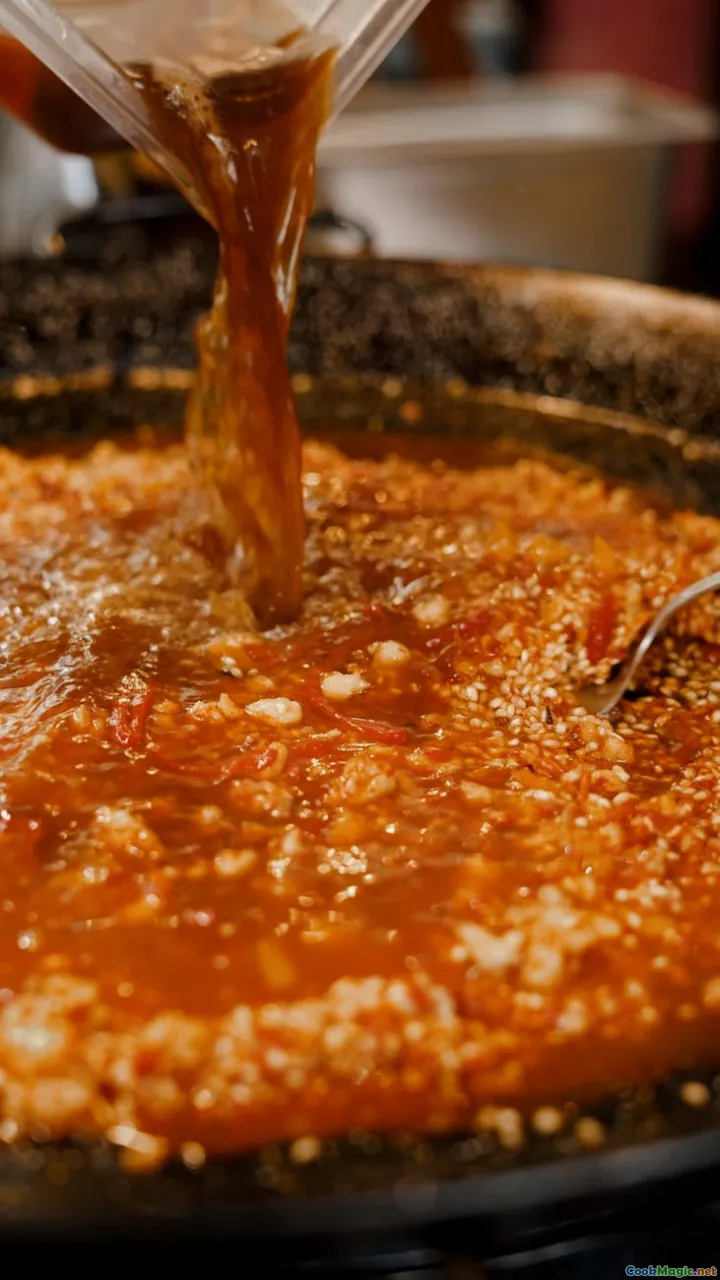
Discover Lap Lap: The Heart of Vanuatu Cooking
Imagine the warm, humid breeze carrying a medley of fragrant aromas—rich coconut milk, smoky island spices, and the earthy scent of seasoned root vegetables bubbling gently over a wood-fired hearth. This is the essence of Lap Lap, a beloved traditional dish that embodies the soul of Vanuatu’s vibrant culinary heritage. To truly understand Lap Lap is to delve into the heart of Vanuatu—the people, their history, and their boundless connection to the land and sea.
The Cultural Roots of Lap Lap

Vanuatu, a stunning archipelago in the South Pacific, is a tapestry woven from diverse islands, languages, and traditions. Yet, across this mosaic, one culinary thread ties all communities together: Lap Lap. Originating from centuries-old traditions, this dish is more than just food; it’s a communal ritual, a symbol of identity, and a testament to the ingenuity of island cooking.
Historically, Vanuatu’s early inhabitants relied heavily on rooted staple crops like yams, taro, and sweet potatoes, along with coconuts and bananas from the lush palms. Their ingenious method of cooking—placing these ingredients in an underground earth oven called an umu or lap lap pit—was not only practical but also imbued with social significance. It was customary during ceremonies, occasions, and family gatherings to come together around a shared feast, reinforcing bonds and passing down stories through generations.
The Heart of the Process: How is Lap Lap Made?
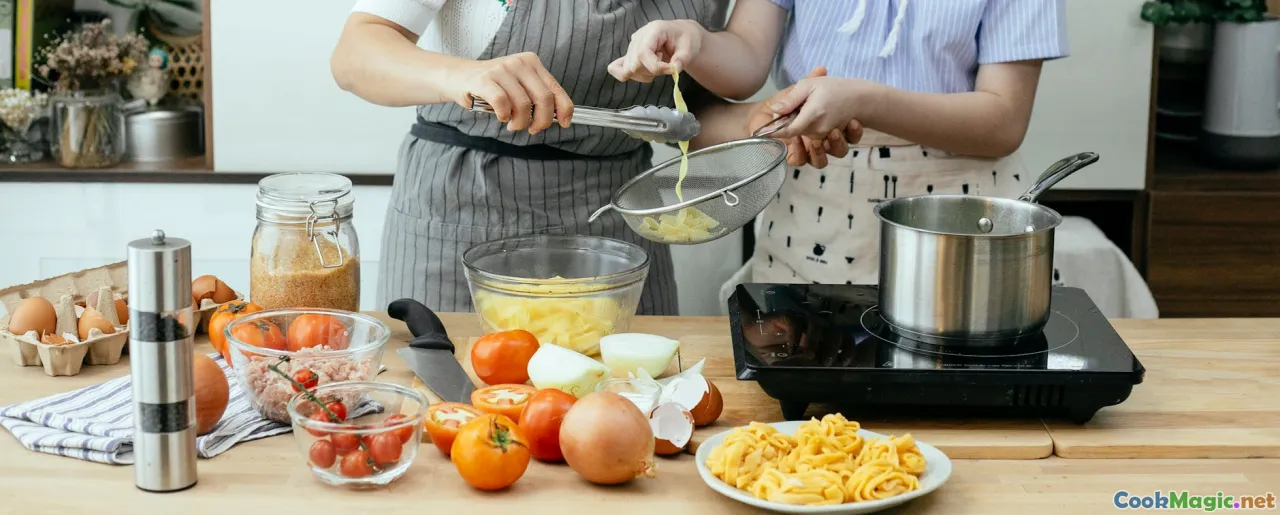
Creating authentic Lap Lap is as much an art as it is a culinary tradition. The process marries simple ingredients with a reverence for time-honored techniques.
Ingredients
- Root vegetables: yams, taro, sweet potatoes, cassava
- Coconut milk: freshly grated and extracted from mature coconuts
- Seaweed or local herbs: for flavor enhancement
- Small portions of pork or fish (optional): to add protein
- Salt and native spices: for seasoning
The Method
- Preparing the earth oven: Dig a pit approximately 2–3 feet deep. Build a fire inside using dry hardwoods like breadfruit or mangrove charcoal, allowing the fire to burn down to glowing embers.
- Preparing the ingredients: While the fire burns, peel and slice root vegetables into thick chunks. Grate fresh coconuts to extract rich, milky coconut juice.
- Layering: Place large leaves—banana or taro leaves—at the base of the hot embers, then layer the root vegetables, herbs, and optional meats in a woven basket or directly wrapped in leaves.
- Adding coconut milk: Pour generous amounts of coconut milk over the layered ingredients, adding a pinch of salt and spices.
- Wrapping and sealing: Cover the layered مواد with banana or taro leaves to retain moisture.
- Cooking: Carefully place the entire assemblage into the hot earth oven, then cover with soil and rocks to insulate.
- Slow cooking: Let it cook undisturbed for 4–6 hours, during which the ingredients stew gently, absorbing flavors and developing a tender, melt-in-the-mouth texture.
When the time is up, excavate with care, revealing a fragrant, steaming bundle brimming with tropical richness.
The Sensory Experience: Tasting Lap Lap

The first glance at a freshly unearthed Lap Lap is a feast for the eyes—earthy, golden hues interlaced with vibrant greens from herbs, and possibly a shimmer of coconut oil. As you cut into the steaming mound, the smell envelops you—a nutty, sweet aroma blended with smoky overtones.
The bite begins with the velvety creaminess of coconut milk melting into the earthy root vegetables, each piece tender yet subtly retaining its individual character. The smoky undertones from the earth oven imbue every mouthful with depth—a taste that transports you straight to a traditional Vanuatu gathering. If served with protein, gentle bites of pork or fish add layers of savory richness.
Lap Lap offers a pleasing textural harmony: the creamy softness of the cooked coconuts, the starchy bite of roasted tubers, and the occasional crunch of herbs or seaweed. It’s a nourishing comfort food cloaked in cultural significance—a culinary hug from the islands.
Variations Across Islands and Culinary Adaptations
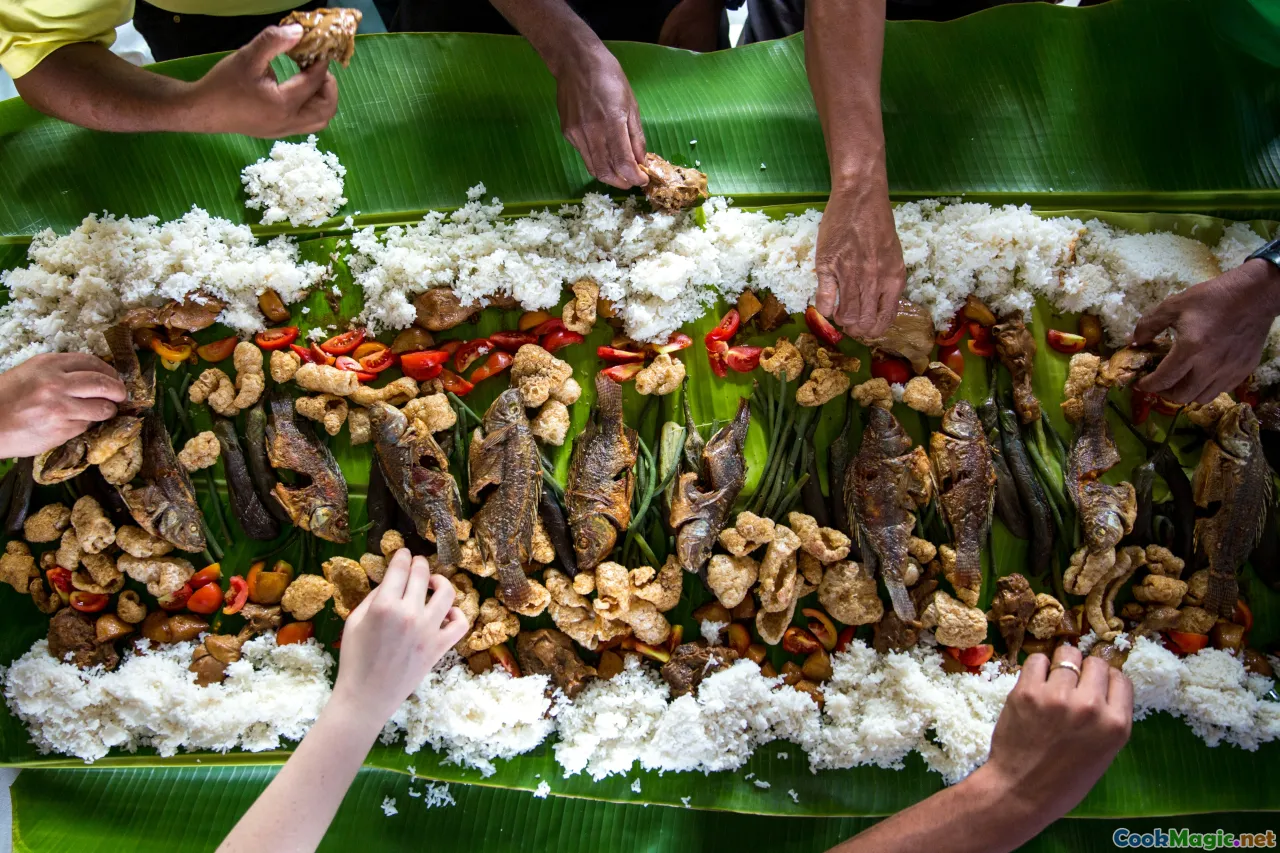
While the core concept remains consistent, Vanuatu’s vast islands have lent their unique twists to Lap Lap. For example:
- In Espiritu Santo, some communities add taro leaves or banana leaf-wrapped portions for added aroma and flavor.
- On Tanna Island, coconut-tinged Lap Lap is often served alongside fresh seafood, accentuating the sea’s bounty.
- In rural villages, Lap Lap is traditionally cooked in underground pits, embracing the primal, communal act of earth oven cooking.
Modern chefs and home cooks alike have embraced versatility—draping Lap Lap with local spices or combining it with tropical salads for contemporary flair—but the essence remains rooted in tradition.
From Traditional to Contemporary: The Evolution of Lap Lap
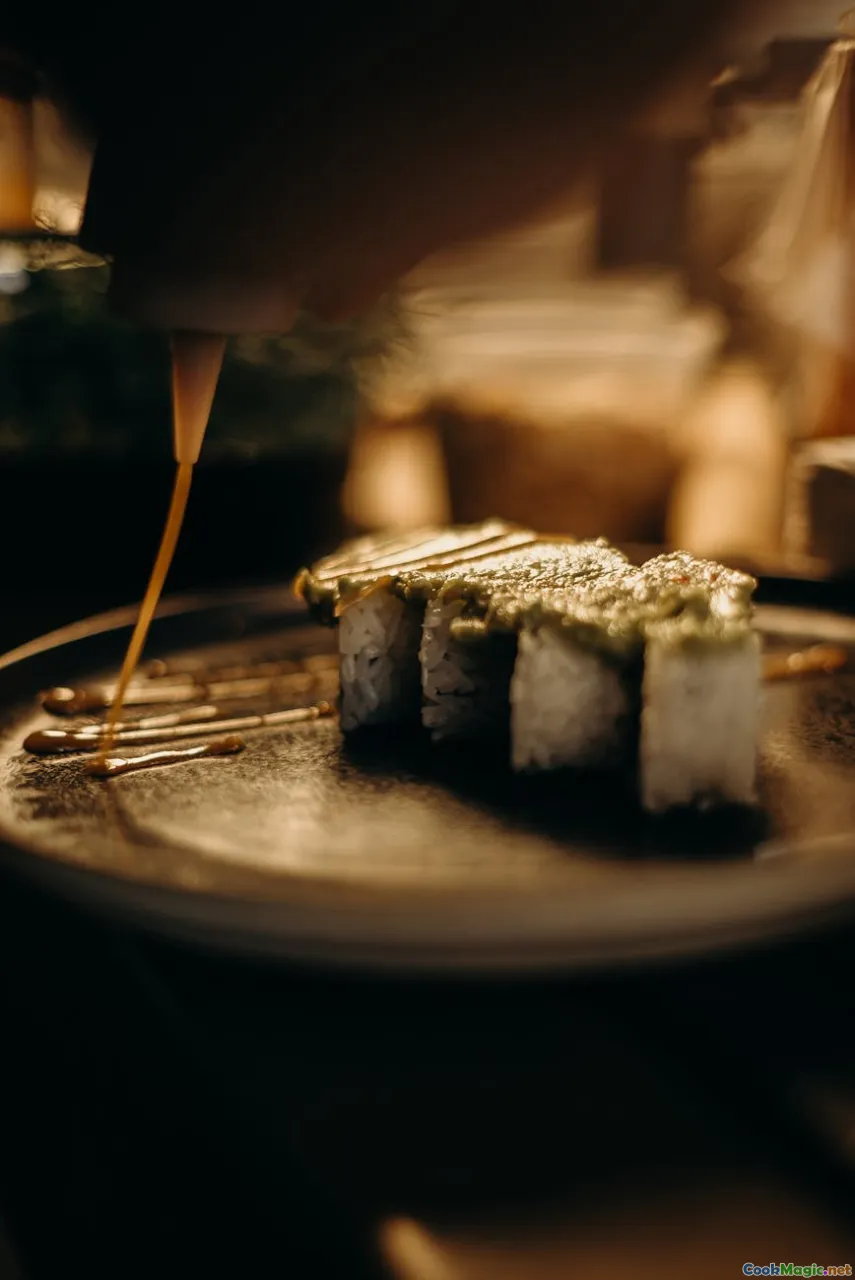
Today, Vanuatu’s chefs are reimagining Lap Lap for the world stage. Some incorporate international ingredients—think coconut-infused curry sauces or fusion-style presentations—without sacrificing authenticity.
Epicurean experiences often feature Lap Lap paired with island-grown kava or served alongside local tropical fruits, creating a multisensory journey through Vanuatu’s culinary landscape. While the methods may vary, the reverence for tradition persists, serving as a bridge between ancients and modern culinary expressions.
Preservation and Revival of a Cultural Treasure
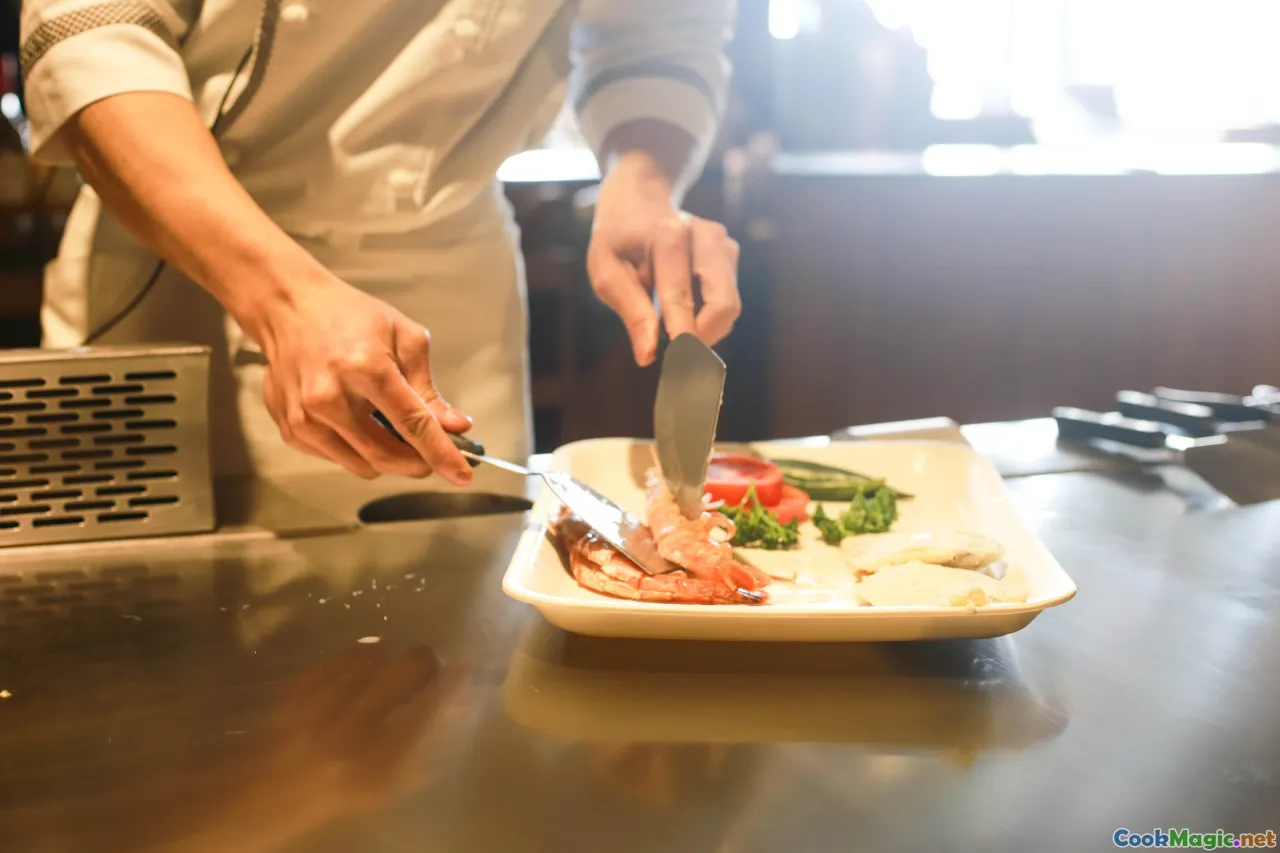
In recent years, there’s been a concerted effort to preserve Lap Lap’s authentic techniques amid globalization. Elders in Vanuatu’s villages are passing down earth oven skills to younger generations, emphasizing not just the dish but the cultural stories intertwined.
Organizations and local culinary schools host workshops, celebrating indigenous ingredients and traditional methods. Social media campaigns and international food festivals have showcased Vanuatu’s richness, drawing attention to Lap Lap as a symbol of cultural pride and sustainable food practices.
How to Experience Lap Lap: Tips for Travelers and Enthusiasts
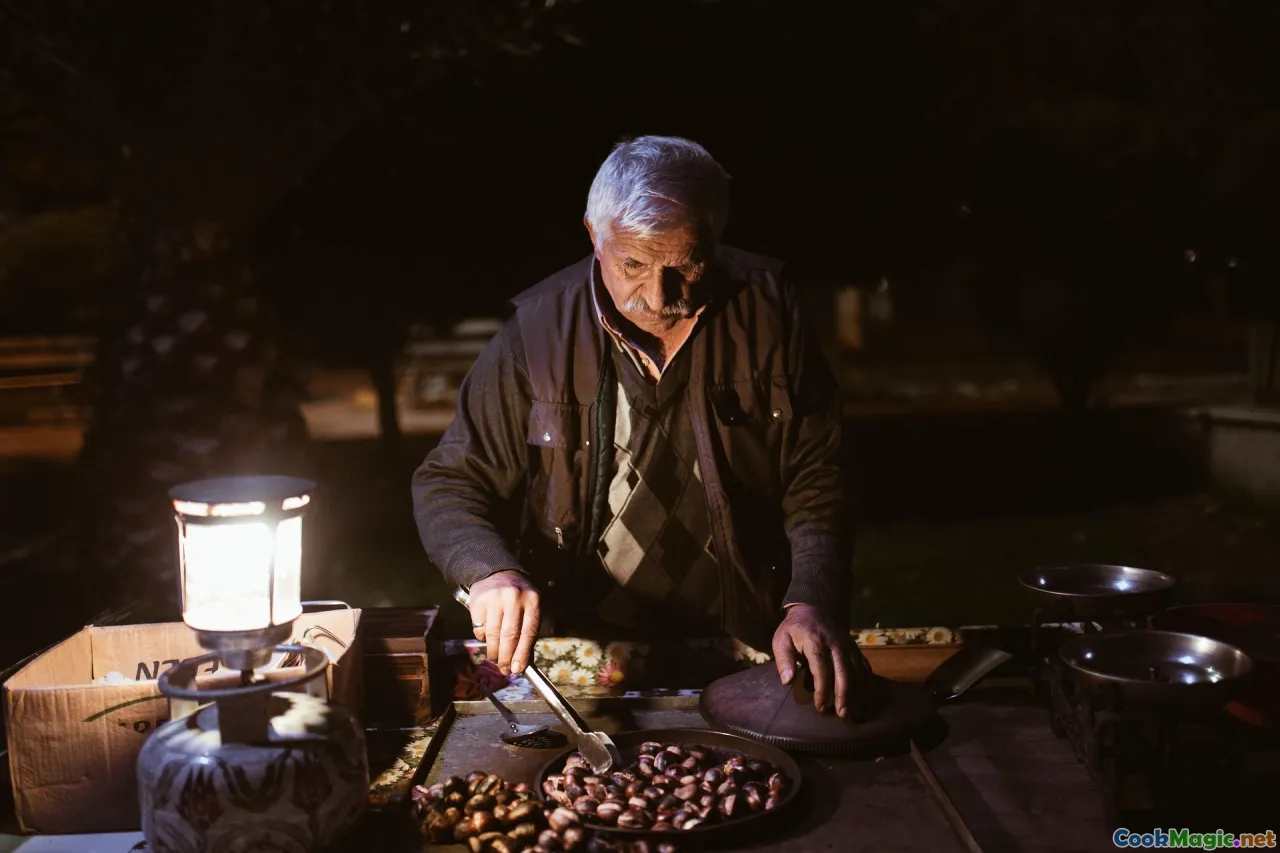
- Visit local villages: Attend cooking demonstrations often held during cultural festivals—an immersive way to witness authentic Lap Lap making.
- Participate in a cooking class: Many eco-resorts and regional communities welcome travelers eager to learn the craft firsthand.
- Explore markets: Local markets brim with fresh coconuts, root vegetables, and aromatic herbs, offering a taste of everyday Vanuatu life.
- Respect tradition: Engage with villagers and listen to stories about Lap Lap’s significance—it’s a profound way to connect beyond the plate.
A Culinary and Cultural Legacy

Lap Lap isn’t merely a dish; it’s a cultural touchstone—embodying community, resilience, and harmony with nature. It’s a celebration of the land’s bounty and the islander’s ingenuity—a delicious testament to Vanuatu’s vibrant identity.
Next time you find yourself wandering through the azure waters and lush landscapes of Vanuatu, seek out a local gathering. Partake in the ritual, taste the earth—and experience a piece of island history in every bite. Lap Lap is more than food; it’s the heart beating through the islands’ culinary soul, inviting all who embrace it to share in a timeless, tropical tradition.
Discovering Lap Lap offers a lens into not just what Vanuatu eats, but how its people live and celebrate. It speaks to a profound bond between the islanders and their environment, a harmony spun through wood, earth, and coconut milk. To savor Lap Lap is to participate in a centuries-old story—one of resilience, community, and love for the land.
Bring a bit of Vanuatu home by exploring local ingredients, trying your hand at earth oven techniques, or simply sharing a meal around a crackling fire. Because in every layer of Lap Lap, there lies a story waiting to be told—an enduring legacy of island life that continues to warm hearts across generations.









